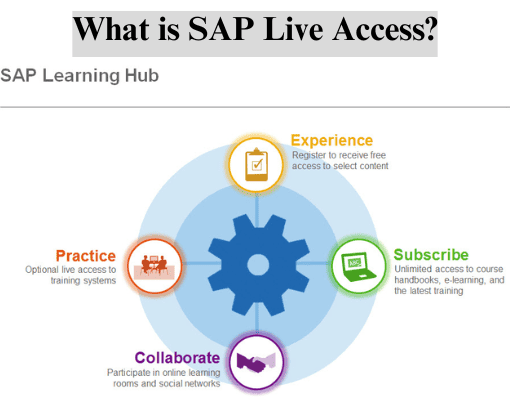In today’s content-driven world, video reigns supreme. But what about those who prefer text or need accessibility features? This is where YouTube transcriptions come in. They provide a valuable text version of a video’s audio content, enhancing accessibility and searchability.
For developers building modern web applications with Next.js, integrating YouTube transcriptions unlocks a range of possibilities. Imagine a dynamic web page that displays the transcript alongside the video, allowing users to easily follow along or search for specific keywords.

This blog delves deep into the world of fetching YouTube transcriptions within your Next.js application. We’ll explore different approaches, their pros and cons, and equip you with the knowledge to implement this functionality effectively.
Understanding the Landscape: Why Fetch YouTube Transcriptions in Next.js?
There are several compelling reasons to incorporate YouTube transcriptions into your Next.js project:
- Accessibility: Transcripts make your content accessible to a wider audience, including those with hearing impairments or who prefer to consume content in text format.
- SEO Boost: By including relevant keywords from the transcript, you can improve your website’s search engine ranking for those terms.
- Enhanced User Experience: Transcripts allow users to quickly find specific information within the video without having to scrub through the entire thing.
- Interactive Features: With the transcript data, you can build interactive features like keyword search within the video or generate summaries based on specific sections.
Important Note: While YouTube offers automatic captions, these are not always accurate or complete. For optimal results, we’ll be focusing on methods to retrieve official transcripts or utilize external transcription services.
Approaches to Fetching YouTube Transcriptions in Next.js
There are three primary methods to incorporate YouTube transcripts into your Next.js application:
- Official YouTube API: Unfortunately, the official YouTube Data API (https://developers.google.com/youtube/v3) doesn’t offer direct access to transcripts. However, you can leverage the
captionsnippet within thesnippetobject retrieved for a video. This snippet provides information about available captions, including their language codes.
Here’s a breakdown of the process:
- Use the
youtube.search.listendpoint to search for or retrieve a specific video using its ID. - Parse the response and check for the presence of captions in the
snippet.captionfield. - If captions are available, you can potentially use the language code to identify the desired transcript and explore alternative methods (explained below) to retrieve its content.
Drawbacks: This approach requires additional steps to fetch the actual transcript content and may not be suitable for all situations.
- Web Scraping: Web scraping involves extracting data directly from a webpage. While it might seem like a quick solution, keep in mind YouTube’s Terms of Service (TOS) prohibit scraping without explicit permission. Furthermore, scraping techniques can be fragile and break if YouTube changes its website structure.
Not recommended: Unless you have explicit permission from YouTube, avoid web scraping due to TOS restrictions and potential unreliability.
- Third-Party Transcription Services: Several external services specialize in video transcription, including YouTube videos. These services offer APIs or web interfaces to submit video URLs and receive transcripts in various formats.
Here’s how you can integrate a third-party service:
- Choose a reputable transcription service that offers an API or web interface.
- Integrate the service’s API into your Next.js application using libraries like
axiosfor making HTTP requests. - Submit the YouTube video URL to the service and handle the response to receive the transcript data.
Benefits: This approach offers the most reliable and accurate transcripts as you’re working directly with a transcription service.
Considerations: These services often have usage limits or require paid subscriptions for higher volumes of transcripts.
Implementation Steps and Best Practices
Choosing the Right Approach:
The best approach depends on your specific needs and priorities. Here’s a quick guide:
- For basic use cases where transcript accuracy isn’t critical: Explore the official YouTube API’s
captioninformation and investigate alternative methods to retrieve the content (research at your own risk, considering TOS compliance). - For reliable and accurate transcripts and prioritize user experience: Integrate a reputable third-party transcription service via their API.
Security and Rate Limiting:
- When using third-party APIs, ensure proper API key management and handle potential rate limits imposed by the service.
YOU MAY LIKE THIS
A Guide to SAP Data Management




